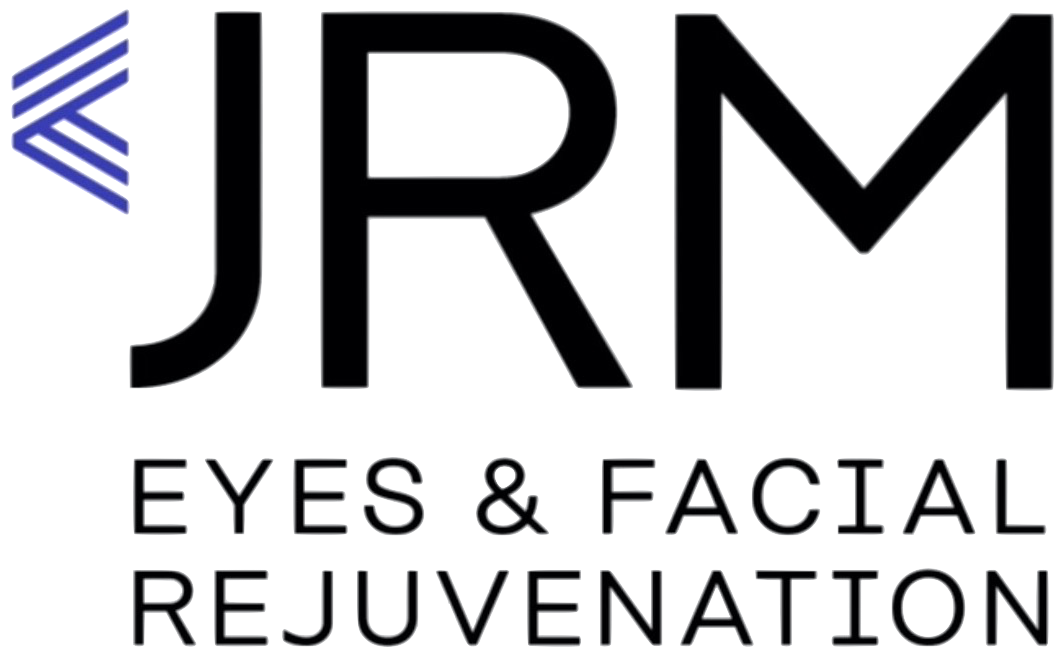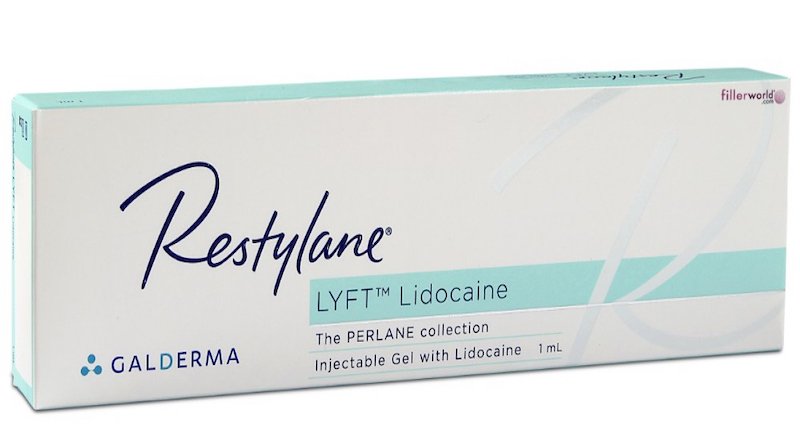
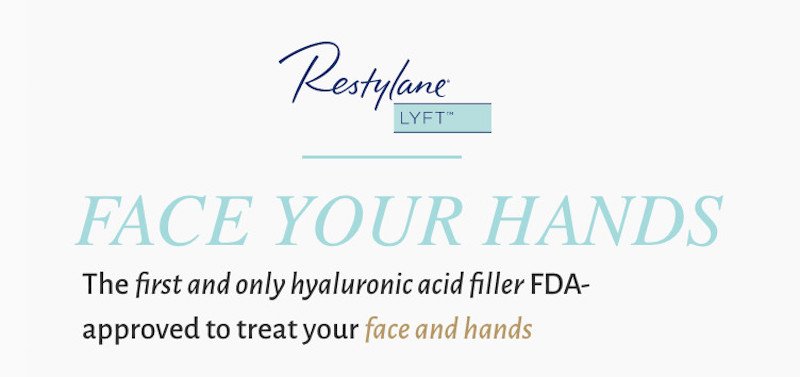
Help complete your aesthetic look with natural-looking volume in your cheeks and hands for a smoother, fuller appearance.1 Restylane® Lyft is a safe, effective and dissolvable HA filler.3 Treatment can be administered in your hands and face at the same appointment — and can result in a more youthful-looking appearance.1
WHAT IS Restylane Lyft?
Over time, natural fat begins to deteriorate, resulting in sagging skin, more prominent wrinkles and a reduction of volume. Restylane Lyft, formerly known as Perlane-L®, is an injectable hyaluronic acid gel used to correct volume loss and treat wrinkles in the face and hands. Through nonsurgical injections, Restylane Lyft is specifically designed to add fullness to the cheeks, midface area, and the back of the hands to help complete your aesthetic look — for face and hands.1
Restylane® Lyft with Lidocaine is a clear injectable gel composed of hyaluronic acid, a natural substance that already exists in the body. Restylane® Lyft with Lidocaine is non animal-based and free from animal protein. Allergy pretesting is not necessary. Restylane® Lyft with Lidocaine also contains 0.3% lidocaine. The lidocaine in Restylane® Lyft with Lidocaine has been added to reduce the discomfort associated with the treatment.
Restylane Lyft for Face
In a clinical trial, subjects treated with Restylane Lyft reported improvement with the appearance of the midface area following treatments.1†
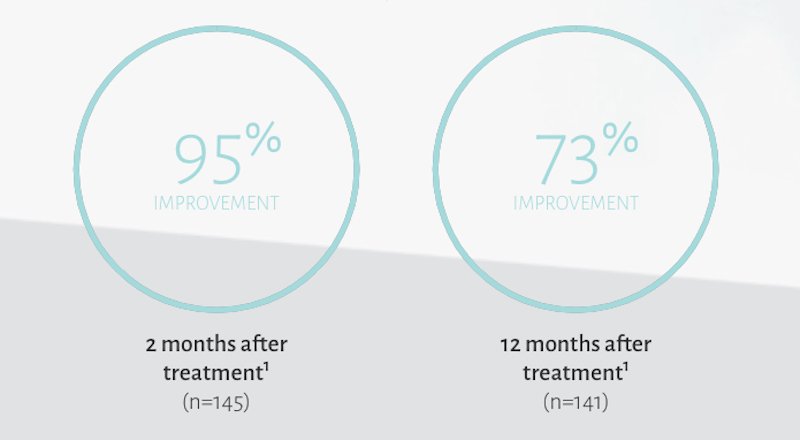
†Improvement was defined as as a score of 1 (improved) or better on the Global Aesthetic Improvment Scale at the time point of interest.
Restylane Lyft for Hands
In a clinical trial, subjects treated with Restylane Lyft demonstrated improvement‡ with the appearance of hand volume following treatments.1
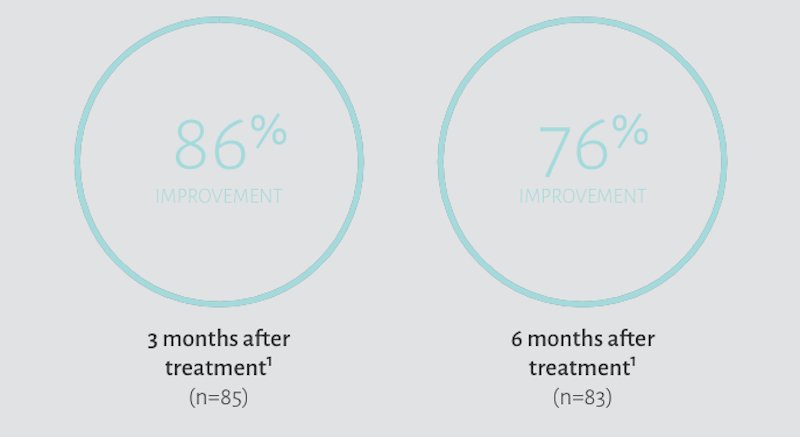
‡Improvement was defined as subjects with Merz Hand Grading Scale (MHGS) score of ≥1 grade from baseline as assessed by blinded evaluators.
How does Restylane® Lyft with Lidocaine work?
Restylane® Lyft with Lidocaine is injected into the skin with an ultrafine needle to plump the skin to smooth away wrinkles and folds such as the lines from your nose to the corners of your mouth and is injected with an ultrafine needle or a small, blunt-tipped cannula to increase the fullness of your 2 (13) cheeks. Restylane Lyft with Lidocaine may also be injected, using an ultrafine needle under the skin to address volume deficiency in the back of the hand.
Why is there lidocaine in Restylane® Lyft with Lidocaine?
The lidocaine in Restylane® Lyft with Lidocaine reduces pain and discomfort during and after injection.
The effectiveness of the lidocaine was studied in a split-face clinical study of 60 patients. Each patient received Restylane® Lyft without Lidocaine on one side of the face and Restylane® Lyft with Lidocaine on the other side of the face for the treatment of lines around the nose and mouth. Restylane® Lyft with Lidocaine significantly reduced the pain of the injection.
- For the side of the face treated with Restylane® Lyft without Lidocaine, patients rated their pain as about 47 on a scale of 0 to 100 after injection.
- For the side of the face treated with Restylane® Lyft with Lidocaine, patients rated their pain as about 15 on the same scale.
- Pain relief from the lidocaine in Restylane® Lyft with Lidocaine lasted up to 60 minutes after treatment.
How long does Restylane® Lyft with Lidocaine last?
When Restylane® Lyft with Lidocaine is used for the treatment of wrinkles and folds such as the lines from your nose to the corners of your mouth, the benefits generally last about 6 months as the filler gradually disappears from the body.
When Restylane® Lyft with Lidocaine is used to increase the fullness of your cheeks, the benefits generally last between two and twelve months as the filler gradually disappears from the body. The graph below compares patients who were treated with Restylane Lyft with Lidocaine using a needle and patients who had no treatment, who showed a positive treatment response at 2, 4, 6, 8, 10 and 12 months, as assessed by blinded evaluators (e.g., physicians not aware of the patient treatment assignment).
When Restylane® Lyft with Lidocaine is used to increase fullness in the back of the hand, the benefits usually lasts 6 months as the filler gradually disappears from the body.
What are some potential risks that I may encounter?
Other potential risks may arise from an injection of a dermal filler such as Restylane® Lyft with Lidocaine including the following:
Infection – Facial skin injections, including those with Restylane® Lyft with Lidocaine, are associated with a risk of infection. As with any infection, there may be a need for your doctor to prescribe antibiotics. Though rare, a skin infection could appear as small, swollen (or red) bumps (inflammatory papules). If an infection worsens over time, you should contact your doctor for further treatment.
Scarring – While it is very rare, scarring may occur with an injection procedure. In clinical trials, excessive scarring (keloids) was not observed in any of the patients receiving Restylane® Lyft with Lidocaine.
Change in skin tone – If you are African American, you may have a higher risk of darkening of the skin tone in the treated area (hyperpigmentation). This may take several weeks to disappear. In clinical trials, this change in skin tone did not occur with injection of Restylane® Lyft with Lidocaine into the cheeks.
Cold sores – If you have had cold sores in the past, there is a risk that they will return as a result of facial injections.
Age and pregnancy – If you are under 18 or over 65 years of age, are pregnant or trying to become pregnant, or are nursing, you should know that the safety and effectiveness of Restylane® Lyft with Lidocaine has not been established in patients like yourself. In addition, for treatment of the cheeks, Restylane® Lyft with Lidocaine has not been evaluated in patients younger than 22 years of age.
Vision changes – Rarely, vision abnormalities have been reported after treatment with Restylane® Lyft with Lidocaine.
Use of other skin therapies – The safety of Restylane® Lyft with Lidocaine used with other skin therapies such as laser, mechanical or chemical peeling, and hair removal has not been established. The use of Restylane® Lyft with Lidocaine with these skin therapies may lead to other side effects such as inflammation.
Ultraviolet (UV) exposure – You should avoid exposing the area(s) treated with Restylane® Lyft with Lidocaine to excessive sun, UV lamps or indoor tanning beds/booths, and extreme heat and cold until any redness or swelling has disappeared. Exposure to UV sources may result in irritation at the site of treatment.
Thumb Function – You may experience a slight decrease in the flexibility of your thumb after treatment with Restylane® Lyft with Lidocaine in the back of your hand.
If you have any additional questions or concerns about these potential risks, please discuss them with
your doctor.
NATURAL-LOOKING before + after


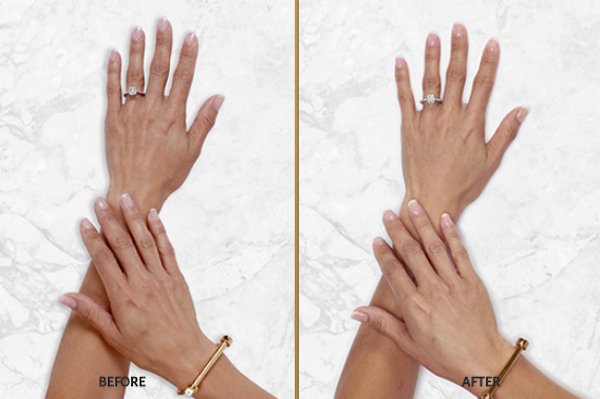
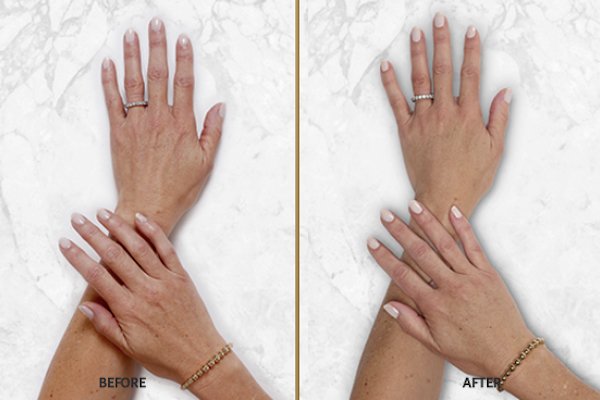
References:
- Restylane Lyft. Instructions for Use. Galderma Laboratories, L.P., 2018.
- U.S. Food & Drug Administration. Medical Devices, Restylane Lyft with Lidocaine – P040024/S099. https://www.fda.gov/MedicalDevices/ProductsandMedicalProcedures/DeviceApprovalsandClearances/Recently-ApprovedDevices/ucm609592.htm. Accessed on May 18, 2018.
- Data on file. Fort Worth, TX: Galderma Laboratories, L.P., 2018.
- Data on file. Restylane Survey Demographic Report (Wakefield Research), March 2018.
- Real-time data. Real Self website.
Important safety information
The Restylane family of products are indicated for patients over the age of 21, and includes Restylane®, Restylane-L®, Restylane® Lyft with Lidocaine, Restylane® Silk, Restylane® Refyne, Restylane® Defyne and Restylane® Kysse.
APPROVED USES
Restylane® and Restylane-L® are for mid-to-deep injection into the facial tissue for the correction of moderate to severe facial wrinkles and folds, such as nasolabial folds. Restylane® and Restylane-L® are also indicated for injection into the lips.
Restylane® Lyft with Lidocaine is for deep implantation into the facial tissue for the correction of moderate to severe facial wrinkles and folds, such as nasolabial folds and for cheek augmentation and for the correction of age-related midface contour deficiencies. Restylane® Lyft with Lidocaine is also indicated for injection into the dorsal hand to correct volume loss.
Restylane® Silk is for lip augmentation and for correction of perioral wrinkles.
Restylane® Kysse is for lip augmentation and for correction of upper perioral wrinkles.
Restylane® Refyne is for mid-to-deep injection into the facial tissue for the correction of moderate to severe facial wrinkles and folds, such as nasolabial folds.
Restylane® Defyne is for mid-to-deep injection into the facial tissue for the correction of moderate to severe deep facial wrinkles and folds, such as nasolabial folds.
Do not use if you have severe allergies with a history of severe reactions (anaphylaxis), are allergic to lidocaine or gram-positive bacterial proteins used to make hyaluronic acid, prone to bleeding, or have a bleeding disorder. The safety of use while pregnant or breastfeeding has not been studied. Tell your doctor if you have a history of scarring or pigmentation disorders as these side effects can occur with hyaluronic acid fillers. Tell your doctor if you are planning other cosmetic treatments (i.e., lasers and chemical peels) as there is a possible risk of inflammation at the injection site.
Tell your doctor if you’re taking medications that lower your body’s immune response or affect bleeding, such as aspirin or warfarin, as these medications may increase the risk of bruising or bleeding at the gel injection site. Using these products on gel injection sites with skin sores, pimples, rashes, hives, cysts, or infections should be postponed until healing is complete.
The most common side effects are swelling, redness, pain, bruising, headache, tenderness, lump formation, itching at the injection site, and impaired hand function. Serious but rare side effects include delayed onset infections, recurrence of herpetic eruptions, and superficial necrosis at the injection site. The risk of unintentional injection into a blood vessel is small but can occur and could result in serious complications, which may be permanent including, vision abnormalities, blindness, stroke, temporary scabs, or permanent scarring of the skin. As with all skin injection procedures, there is a risk of infection.
To report a side effect with any Restylane product, please call Galderma Laboratories, L.P at 1-855-425-8722.
To learn more about serious but rare side effects and full Important Safety Information, visit www.RestylaneUSA.com.
